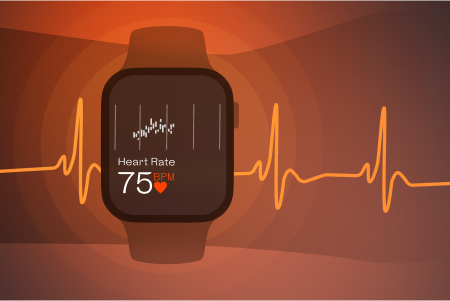
Measuring Resting Heart Rate
From manual pulse counts to the latest in app technology, dive into the transformative journey of heart rate monitoring
Home » Heart Rate Variability » Heart Rate Variability Monitors & Welltory HRV Compatible Gadgets
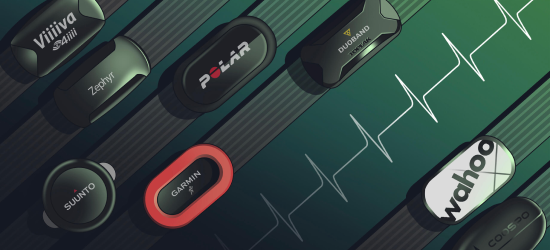
If you are a fan of numbers, tracking changes in your HRV can be a great way to see how your nervous system reacts to the environment, exercise, emotions, thoughts, and feelings. It will also help you understand how you can bring more physical activity and mindfulness into your life. Monitoring your HRV may be a great motivation to adopt some behavioral changes.
When tracking HRV, you can monitor positive and negative trends in fitness and picture what is happening in your body system on a day-to-day basis by merely taking measurements via your phone camera or a smartwatch. You will see how your actions or behavior influence your health, and in turn, you will be able to improve it and lead a better life.
Moreover, you can see how negative emotions and stress affect all systems of your body. Chronic stress can cause changes in the neural brain architecture responsible for stress responding. Learning how to detect and manage stress to prevent health complications such as cardiovascular risk associated with stress is vital for those who want to lead a healthy lifestyle.
There are two ways to measure your HRV. You can get a chest strap or use a wrist/finger heart rate measuring device such as a smartwatch or your phone’s camera. Please note that measuring HRV is not an electrocardiogram (ECG) recording and should not be used as a substitute for an ECG or medical consultation.
The hardware or sensor of heart rate variability devices that measure HRV from the wrist, arm, or hand using optical sensors or photoplethysmography technique (PPG) cannot take an accurate measurement while you are moving. This is why it’s particularly important to follow a few simple measurement rules. You should try to remain still, make sure you take measurements in the same position (for example, seated in the same position), your heart rate and breathing are stable, and you are not talking or making sudden movements.
Get Welltory
to track HRV
Get Welltory
to track HRV
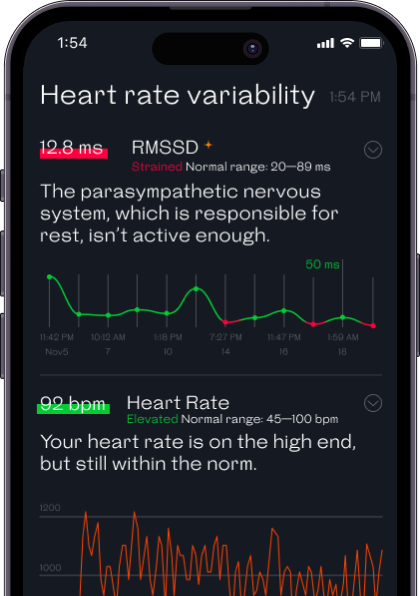
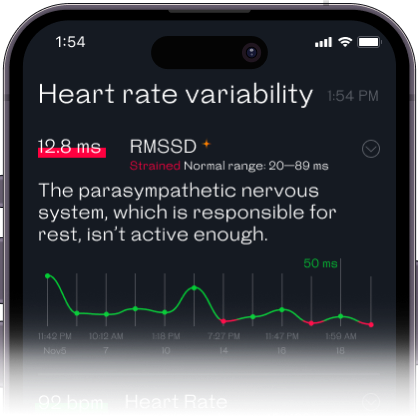

The PPG technique is a simple method of monitoring the HRV and is frequently better known for its use in pulse oximeters. A pulse oximeter is a device that you place on a fingertip to take a measurement. It uses light beams to estimate the oxygen saturation of the blood and the pulse rate. Heart rate variability monitors use photoplethysmography, which is a non-invasive and low-cost optical measurement technique that tracks blood volume changes in peripheral blood vessels. It has been widely applied in daily analysis of heart performance and monitoring of vital physiological parameters such as heart rate (HR), arterial oxygen saturation, respiratory rate, blood pressure, and HRV.
When your heart beats, blood flows in and out of the capillaries in your finger. These changes in blood volumes make the tissue in your finger change color. During a measurement, the flash illuminates the tissue in your finger, the camera takes a video of the changes in blood volumes, and the result is a short clip of your heartbeat.
PPG sensors measure the amount of infrared light absorbed or reflected by blood caused by pressure changes in blood vessels throughout the cardiac cycle. There are two types of functioning principles for photoplethysmography sensors: the transmission or reflection of light through or by a certain part of the body
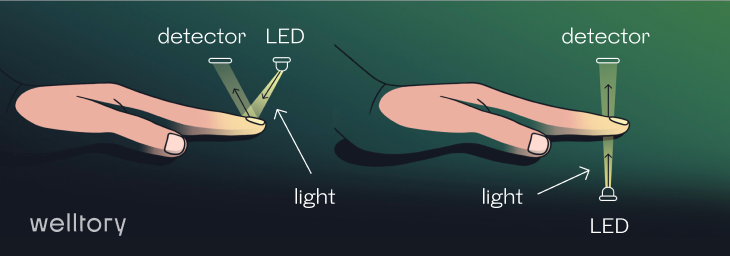
Research shows that measurements taken with a smartphone camera are just as accurate as those taken with heart rate monitors. Welltory’s team ran their very own study, in which they showed that Welltory’s PPG-based phone camera measurements are equal to measurements taken with Polar chest straps, which are ECG-accurate.)
PPG has been largely applied to personal portable devices and pulse oximetry due to its convenience and capacity to perform continuous readings. The signal from such devices can provide information about both the cardiovascular and respiratory systems.
Heart rate variability equipment can be a chest strap, a watch, an armband, a fitness tracker, or your phone’s camera. However, not all of these devices have a heart rate variability sensor to measure your HRV by default. Most of them are designed to measure your heart rate only, meaning they do not accurately measure R-R intervals.
With the Welltory app, you can measure your heart rate variability using a smartphone camera, a Bluetooth-enabled heart rate monitor, or an Apple Watch (if you have an iPhone). Welltory itself tracks your HRV using the PPG optical technique used to detect blood volume changes in the microvascular bed of tissue to track the heartbeat. Smartphone PPG, performed with a phone’s camera, has become popular in recent years due to a boom in digital health apps that help people monitor their health parameters.
The Welltory app is compatible with most heart rate variability monitoring devices that can measure heart rate variability and have “Bluetooth (BLE) Heart Rate Monitor” written on them. If the heart monitor uses only the ANT + protocol for data transmission, you will not be able to measure with it in Welltory. Learn more about what devices Welltory supports here.
When you go shopping for a variable heart rate monitor, you need to pay attention to things like functionally and compatibility of the device with your phone, watch, and health apps like Welltory you use to stay on top of your game.
Most chest straps are made of a belt-like elastic band that goes around your chest, a tiny electrode pad, and a transmitter. These heart-rate monitors use electrocardiography to record the electrical activity of your heart. The transmitter can consistently send heart-rate data to your mobile device via Bluetooth, which acts as the receiver.
According to Healthline, the best HRV wearable monitors and wristbands and heart rate variability watches of 2021 are designed by Garmin, Samsung, Fitbit, Willful, and Omron. The list was based on criteria such as functionality, reviews, vetting, and suitability for specific needs. For the in-depth heart rate monitor comparison please check Healthline.
At Welltory we believe that Apple Watch HRV accuracy is one of the best and Apple watches are perfect for the measurement of heart rate variability. To calculate the metrics, Welltory uses raw R-R intervals that are included in every heart rate variability measurement taken by Apple Watch (beat variations measurement). Please note that measuring HRV is not an electrocardiogram (ECG) recording and should not be used as a substitute for an ECG or medical consultation.
All you need to do is to connect Apple Health to Welltory and allow access to your heart rate, variability, and mindfulness minutes. These three categories are important for us to retrieve and interpret your measurement data; the more information you provide, the more we will be able to analyze for you).
Ideally, you will want to use a professional heart rate monitor. While wristbands like Withings, MiFit, Xiaomi, and Fitbit can track heart rate, the measurement accuracy of these devices isn’t good enough to track heart rate variability yet.
There is a list of the best HRV monitors that can be used to measure heart rate variability and be used together with Welltory. The following sports chest straps have proven themselves to be accurate HRV monitors and excellent for heart rate variability measurements in Welltory: Polar H10, 4iiii VIIIIVA, Suunto Smart Belt, Garmin HRM-Pro, and others such as Zephyr HxM Smart Heart Rate Monitor, COOSPO, Topeak DB-HRM, and Wahoo TICKR X.
| Device | Description | System Compatibility | Water resistance | Battery life | Price range |
|---|---|---|---|---|---|
| Polar H10 | The most accurate heart rate sensor in Polar’s history. It is suitable for swimming and can be connected to Bluetooth and ANT+ devices simultaneously | Bluetooth and ANT+ | Yes (up to 30 meters) | 400 h | Below $100 |
| Suunto Smart Belt | The Suunto Smart Heart Rate Belt provides accurate heart rate data and has an R-R memory that is used when the watch is not within reach of the Bluetooth smart radio. It is suitable for swimming. | Bluetooth and BLE devices | Yes (up to 30 meters) | 500 h | Below $100 |
| Garmin HRM-Pro | HRM-Pro captures running dynamics that can help you improve your form. That includes metrics such as vertical oscillation, ground contact time, stride length, vertical ratio and more. The device stores heart rate data during swimming or other activities while your watch is out of range, then sends that data to your watch once the activity is finished. It will also store steps, calories and intensity minutes, then sync them to your watch as well. | Bluetooth and ANT+ | Yes (up to 50 meters – 5 ATM) | 12 months (1 h training a day) | $130-$150 |
| 4iiii VIIIIVA | The Viiiiva can act as an ANT+ to Bluetooth bridge so you can broadcast your ANT+ devices to your bluetooth devices all through your Viiiiva Heart Rate Monitor. The Viiiiva also records every second of your workout, including data from paired ANT+ devices. If something happens to your head unit or watch the Viiiiva will keep your data safe, up to 65 hours of it. | Bluetooth and ANT+ | Yes IPX7 | 160 h | Below $100 |
| Zephyr HxM Smart HR Monitor | A smartphone can be used to check heart rate, distance travelled, speed and intensity level of a workout. Zephyr Heart Rate Monitor is compatible with numerous third party fitness apps and devices. | Bluetooth | No | 150 h | Below $100 |
| COOSPO H6 Heart Rate Monitor | With real-time high-precision monitoring of heart rate, H6 will help you adjust the exercise workload to maintain a good training state during any activity or workout. It has the latest self-developed enhanced heart rate recognition algorithm. H6 reacts instantly and tracks corresponding heart rate data precisely at all times during rowing, cycling, running or training indoors. The real-time data can help you take your performance to the next level by showing where or what you can improve. | Bluetooth and ANT+ | Yes IP67 | 400 h | Below $50 |
| Wahoo TICKR X | Its new design makes it one of the lightest and slimmest heart rate monitors. The new integrated heart rate sensor and strap design provide a more secure connection and fit! TICKR X even has 50 hours of onboard memory for heart rate and calorie data, giving you the freedom to train device-free. It also supports up to three simultaneous Bluetooth connections. | Bluetooth and ANT+ | Yes IPX7 | 500 h | Below $100 |
| Topeak DB-HRM | It provides heart rate data for detailed analysis and connects to both Bluetooth Smart (BLE 4.0) and ANT+ systems for compatibility with a variety of smart wearable devices and mobile training apps. | Bluetooth and ANT+ | Yes IPX7 | 900 h | Below $50 |
However, we recommend the Apple Watch as the most accurate Welltory compatible device that allows you to take measurements without your participation. The watch itself will measure the heart rate variability at the right moment and send the data to Welltory. Check out the instructions on how to connect your Apple Watch to Welltory.
Heart rate monitor apps have become very popular. They are cost advantageous because you don’t need to rely on expensive gadgets. You can use them to track workouts and see how your fitness improves over time. These apps can also be used for monitoring your health if you have a medical condition associated with irregular heart rates, such as cardiac arrhythmia and other heart diseases.
Mobile health monitoring technology (apps) use the built-in camera for heart rate assessment. A study published in the European Journal of Preventive Cardiology suggests that contact photoplethysmography-based apps have higher feasibility and better accuracy for heart rate measurement than non-contact photoplethysmography-based apps.
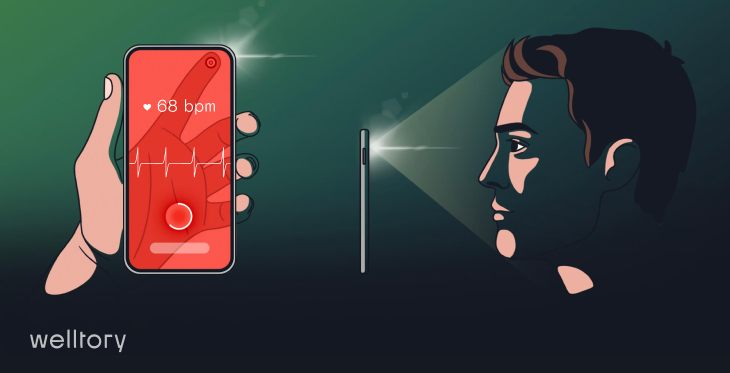
In contact PPG, a user should place a finger on the built-in phone’s camera, and the built-in flash will provide the light source in the visible range for reflection by blood cells. In non-contact PPG, the camera is placed in front of the patient’s face without the need for direct skin contact.
To take an HRV measurement with Weltory, you will need to hold your finger against the camera flush. Alternatively, you can take measurements with Apple Watch, Samsung HRM, or a heart rate monitor.
Welltory’s PPG-based phone camera measurements are equal to measurements taken with Polar chest straps, which are ECG-accurate. It’s important to take into account that camera measurements are more sensitive to artifacts (distortions) due to movements or other light sources, which is why it’s essential to stick to the instructions when taking a measurement.
Another important thing to remember when looking for a heart rate monitor app is how an app collects your personal data. Make sure you verify the credibility of the apps’ developer and check the terms of use. You can only trust commercial services if they are HIPAA-compliant (HIPAA stands for Health Insurance Portability and Accountability Act). Welltory complies with HIPAA regulations.
HIPAA protects individuals’ medical records and other personal health information (PHI). The regulation describes critical issues such as what type of PHI can be collected, disclosures, and what measures must be implemented in order to protect this information. It also includes an explanation of what consequences exposure of PHI might have for the business.
If a business violates HIPAA regulations, there’s a huge financial penalty and potential trials that may cause brand reputation damages. Secondly, such a company will never be a member of the HIPAA BA again. In the worst-case scenario, violation of HIPAA regulation may cost one the business entirely.
Welltory Team, 23 Dec. 2021

From manual pulse counts to the latest in app technology, dive into the transformative journey of heart rate monitoring
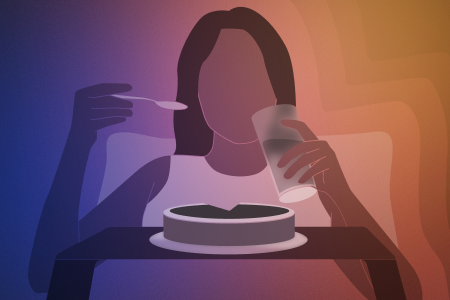
Discover the intricate relationship between late-night eating and its impact on sleep duration and quality
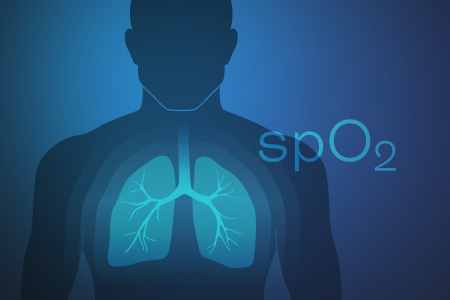
From boosting cognitive function to enhancing physical performance, discover the impact of blood oxygen levels on various aspects of health

The relationship between stress and productivity and how Welltory can help you plan better
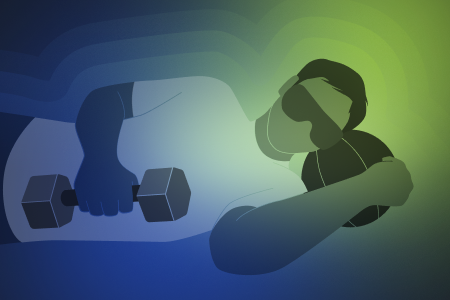
Does sleeping burn any calories, should you exercise right before bed and how much do you need to sleep to burn a 1000 Cal
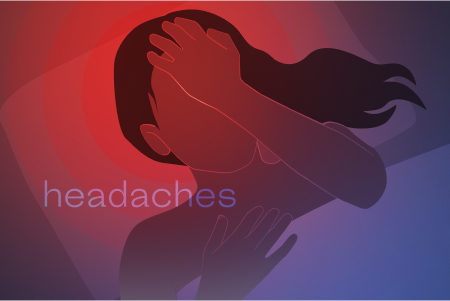
All you needed to know about headaches at night – types of nighttime headaches, their causes, possible treatment and how to avoid them.
 App Store
App Store
 Google Play
Google Play
 Huawei AppGallery
Huawei AppGallery
 Galaxy Store
Galaxy Store


